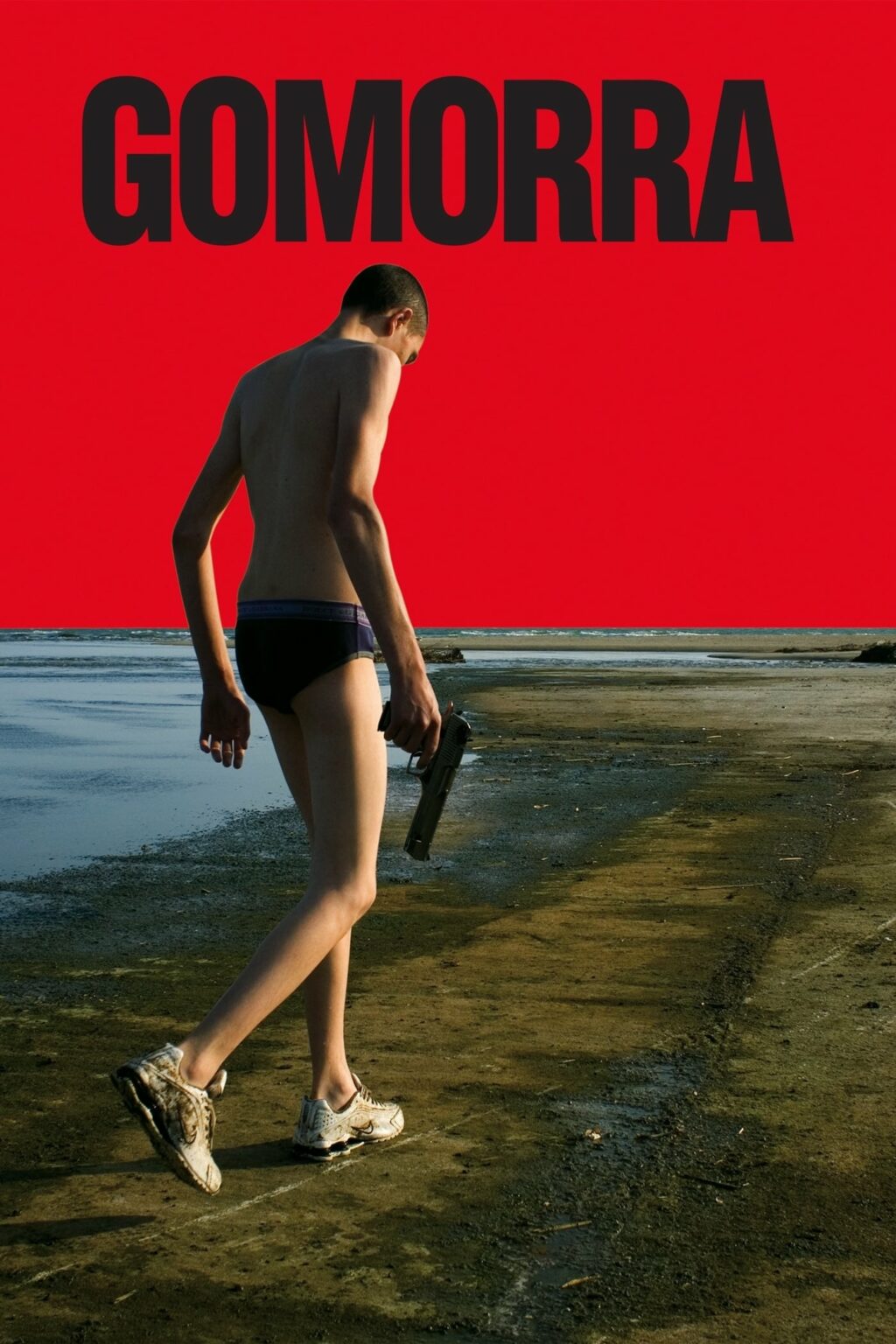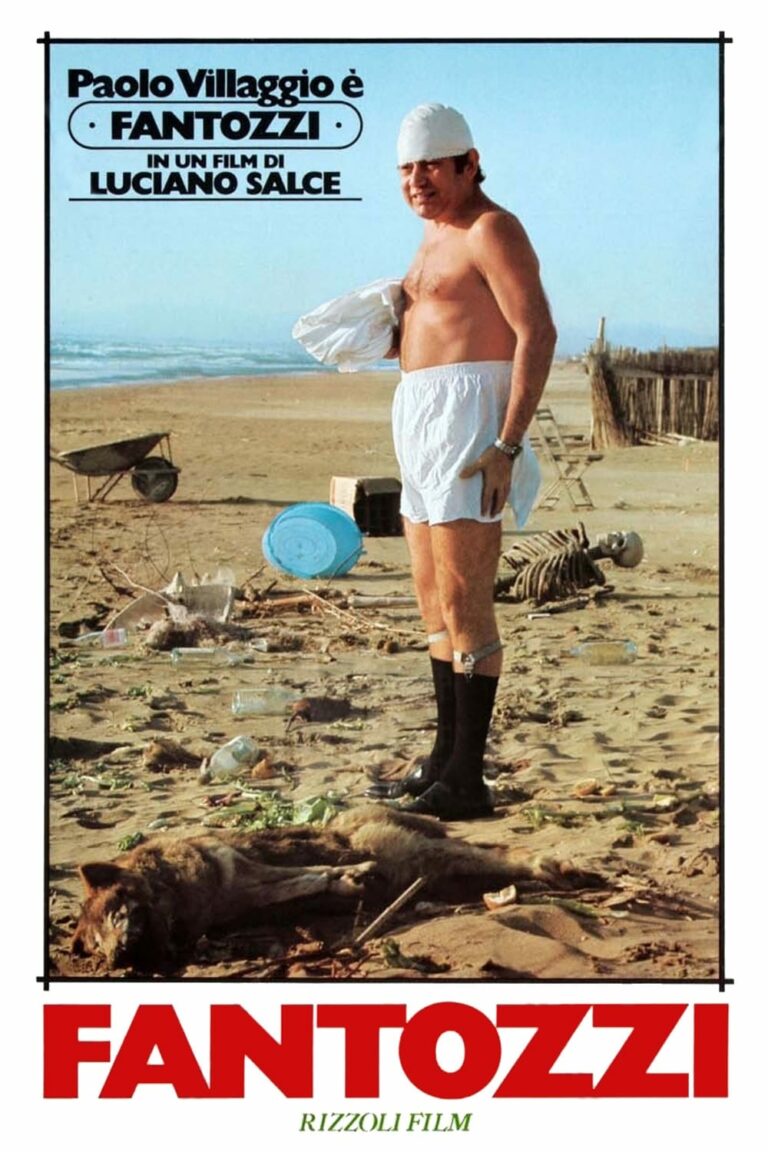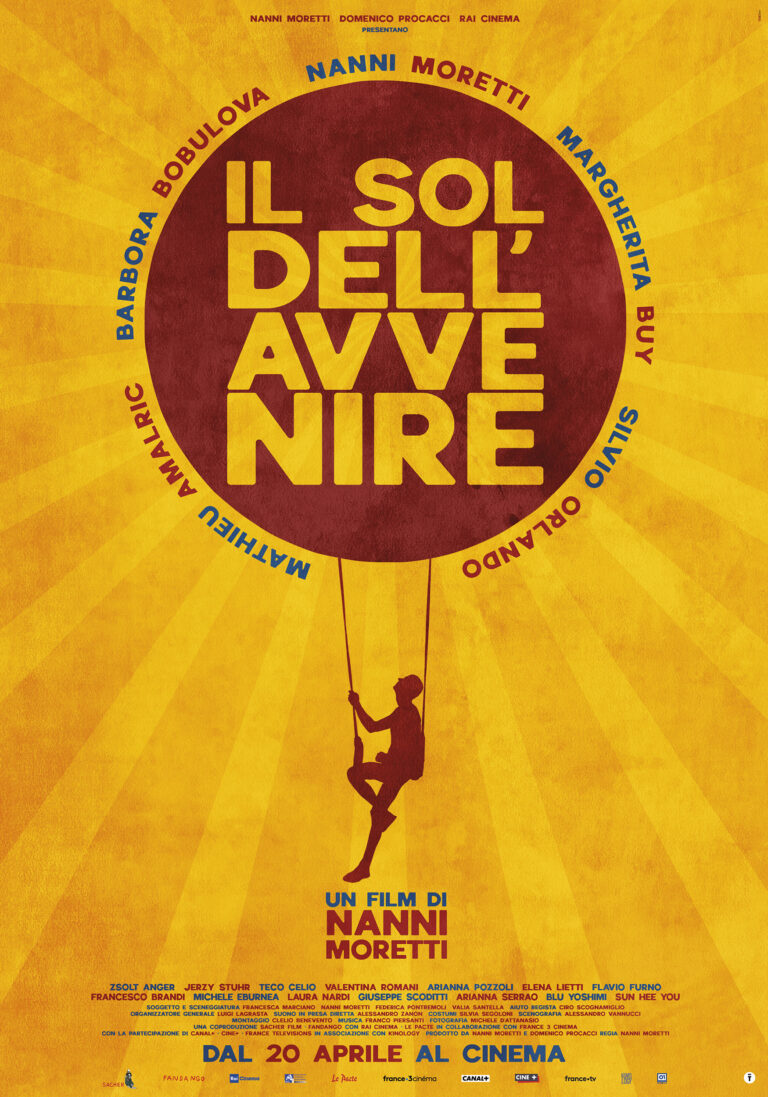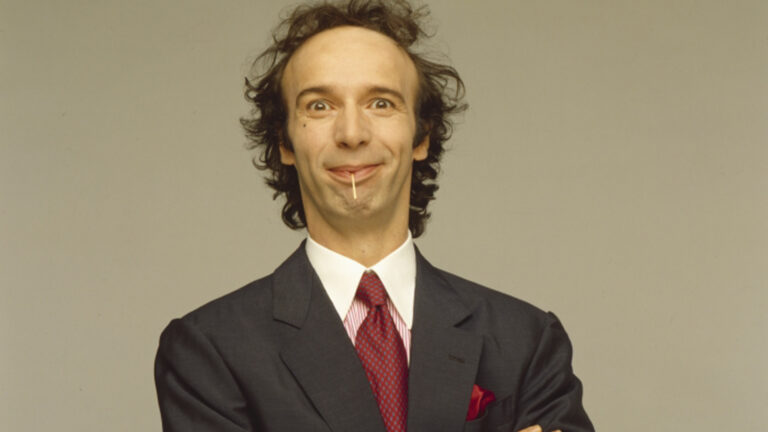
1. Introduction
Released in 2008, Gomorrah (Gomorra in Italian), directed by Matteo Garrone, is a gritty and unflinching portrayal of the infamous Camorra, a powerful and violent criminal organization operating in Naples and its surrounding areas. Based on Roberto Saviano’s groundbreaking 2006 book of the same name, Gomorrah sheds light on the pervasive reach of organized crime and its devastating impact on individuals and society.
Unlike traditional crime dramas that often glamorize the mafia, Gomorrah opts for stark realism, offering a harrowing look at the lives entangled in a web of violence, greed, and corruption. The film received critical acclaim for its authenticity, multi-narrative storytelling, and its raw depiction of a world rarely explored with such brutal honesty.
2. Plot Overview
Structure of the Film
Gomorrah weaves together five interlocking stories of individuals connected to the Camorra. Each storyline unfolds within the context of Naples and its suburbs, showcasing the far-reaching effects of the criminal empire. The film eschews a traditional linear narrative, instead presenting a mosaic of lives caught in the crossfire of organized crime.
The Five Stories
- Toto, the Delivery Boy
A young boy becomes seduced by the allure of the Camorra, starting with petty errands before being drawn deeper into the gang’s violent world. - Don Ciro, the Bagman
An aging middleman tasked with delivering payouts to families of imprisoned Camorra members struggles with his conscience as the danger around him escalates. - Marco and Ciro, the Wannabe Gangsters
Two reckless young men dream of emulating their favorite Hollywood mobsters, but their brash actions lead them into deadly confrontations with established criminal leaders. - Pasquale, the Tailor
A skilled dressmaker working for Camorra-run businesses secretly teaches his craft to Chinese immigrants, leading to dire consequences when his betrayal is discovered. - Roberto, the Waste Management Assistant
A university graduate starts working in the Camorra-controlled toxic waste industry, only to become disillusioned by the moral and environmental destruction he witnesses.
3. Themes Explored in Gomorrah
The Dehumanizing Power of Organized Crime
The film emphasizes how the Camorra dehumanizes everyone in its grasp, from the foot soldiers and middlemen to the victims and bystanders. Each character’s life is shaped, and often destroyed, by the pervasive influence of the criminal empire.
Moral Ambiguity and Corruption
Gomorrah refuses to offer clear heroes or villains. Instead, it paints a morally ambiguous picture where survival often means complicity, and resistance can lead to tragic consequences.
The Erosion of Community
The film portrays how the Camorra fractures communities, replacing trust and solidarity with fear and greed. The sprawling housing complexes and abandoned industrial sites serve as metaphors for the decay of societal bonds.
Globalization of Crime
Through Pasquale’s storyline, the film touches on the intersection of local criminal networks and global industries. The exploitation of labor and the illegal dumping of toxic waste highlight how the Camorra profits from both local misery and international markets.
4. Matteo Garrone’s Directorial Approach
Neorealist Influence
Drawing inspiration from Italian neorealism, Garrone employs non-professional actors, natural lighting, and on-location shooting to enhance the film’s authenticity. The raw, unpolished aesthetic immerses viewers in the harsh reality of life under the Camorra.
Documentary-Style Filmmaking
The film’s hand-held camerawork and lack of a musical score contribute to its documentary-like feel. This approach allows Garrone to capture the chaos and unpredictability of his characters’ lives without sensationalizing their experiences.
Visual Storytelling
The desolate landscapes and decaying urban environments of Naples are as much characters in the film as the people themselves. Garrone’s visual style underscores the pervasive hopelessness of life under the Camorra’s shadow.
5. Character Analysis
Toto
Toto represents the vulnerability of youth in environments dominated by crime. His journey from innocence to complicity reflects the limited choices available to those born into such circumstances.
Don Ciro
Don Ciro’s arc is one of quiet desperation. As a bagman, he is a cog in the Camorra machine, lacking power but unable to escape its grip. His eventual betrayal of his employers highlights the fragility of loyalty under duress.
Marco and Ciro
The brash, reckless wannabe gangsters serve as a cautionary tale about the dangers of glorifying violence. Their tragic downfall underscores the futility of trying to challenge a deeply entrenched system.
Pasquale
As a skilled artisan exploited by the Camorra, Pasquale’s story sheds light on the economic stranglehold that criminal organizations exert over legitimate industries. His decision to break away from the system is both courageous and tragic.
Roberto
Roberto’s disillusionment with the waste management industry serves as a broader commentary on the environmental and ethical costs of organized crime. His moral conflict mirrors the audience’s revulsion at the Camorra’s widespread corruption.
6. The Real Camorra: Context and Background
The Camorra’s Role in Naples
The Camorra is one of Italy’s oldest and most powerful criminal organizations, with deep roots in Naples and its surrounding areas. Unlike the hierarchical Sicilian Mafia, the Camorra operates as a loose confederation of clans, making it even more unpredictable and dangerous.
Roberto Saviano’s Exposé
Roberto Saviano’s book Gomorrah exposed the inner workings of the Camorra, earning him both international acclaim and death threats. Saviano’s investigative journalism revealed the organization’s infiltration of nearly every aspect of society, from construction and fashion to waste management.
7. Reception and Impact
Critical Acclaim
Gomorrah premiered at the 2008 Cannes Film Festival, where it won the Grand Prix. Critics praised its unflinching realism, multi-narrative structure, and social commentary, with many calling it one of the most important films about organized crime ever made.
Audience Reaction
While Gomorrah was celebrated for its authenticity, its bleak tone and graphic violence alienated some viewers. However, its success at international film festivals helped raise awareness of the Camorra’s destructive influence.
Awards and Legacy
The film won numerous accolades, including five David di Donatello Awards (Italy’s equivalent of the Oscars). Its influence extended beyond cinema, inspiring a critically acclaimed television series that expanded on its themes and characters.
8. Symbolism in Gomorrah
The Housing Complex
The sprawling, labyrinthine housing complexes where much of the film takes place symbolize the inescapable grip of the Camorra. These concrete jungles serve as both literal and metaphorical prisons for the characters.
The Toxic Waste
The illegal dumping of toxic waste reflects the Camorra’s disregard for human and environmental well-being. It serves as a powerful metaphor for the moral and physical corruption that permeates the organization.
The Absence of Glamour
Unlike traditional mafia films that often romanticize organized crime, Gomorrah strips away any sense of glamour, leaving only the grim reality of violence, exploitation, and despair.
9. Frequently Asked Questions (FAQs)
1. Is Gomorrah based on a true story?
Yes, the film is based on Roberto Saviano’s book, which documents the real-life activities of the Camorra.
2. How does Gomorrah differ from other mafia films?
Unlike films like The Godfather that romanticize the mafia, Gomorrah presents a raw, unvarnished look at the devastating effects of organized crime.
3. Where was Gomorrah filmed?
The film was shot on location in Naples and its suburbs, particularly in areas controlled by the Camorra.
4. Is the Gomorrah TV series connected to the film?
Yes, the TV series Gomorrah expands on the themes and world of the film, though it introduces new characters and storylines.
5. What is the significance of the film’s title?
The title references the biblical city of Gomorrah, a place synonymous with sin and destruction, drawing parallels to the Camorra’s corrupting influence.
6. Why is Gomorrah considered a masterpiece?
Its combination of stark realism, multi-layered storytelling, and unflinching social critique make it a landmark in contemporary cinema.
10. Conclusion
Gomorrah is a harrowing exploration of the pervasive power of organized crime and its corrosive effects on society. By rejecting the glamorized tropes of traditional mafia films, Matteo Garrone crafts a work that is both deeply unsettling and profoundly important. Through its interwoven stories and unflinching realism, Gomorrah forces audiences to confront the harsh realities of a world where crime touches every aspect of life.





